Blog
The Ultimate Guide to Choosing Awning Windows for Modern Homes
In the quest for modern home design that seamlessly blends aesthetics with functionality, awning windows have emerged as a popular choice among homeowners and architects alike. According to industry reports, the global window market is projected to reach USD 282 billion by 2025, with a significant portion of this growth attributed to the increasing demand for energy-efficient window solutions such as awning windows. These innovative windows, characterized by their outward-opening design, not only provide excellent ventilation but also enhance lighting while offering protection from the elements. With their ability to withstand varying weather conditions, awning windows are particularly favored in contemporary architecture, where a balance of style and practical performance is paramount. As homeowners prioritize both form and function, understanding the key advantages and considerations when selecting awning windows becomes essential in creating modern living spaces that reflect their individual tastes and lifestyle needs.
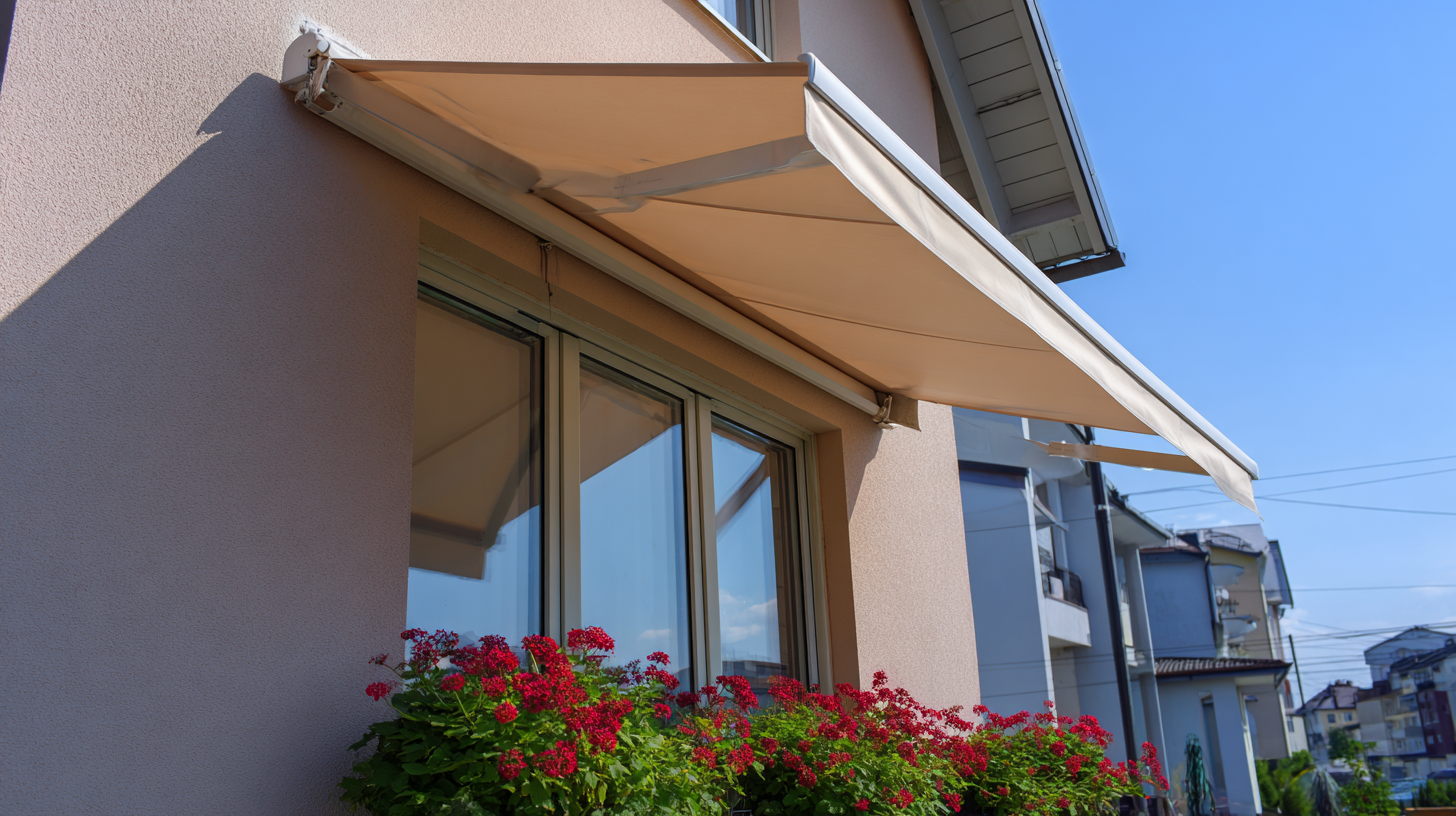
Understanding the Benefits of Awning Windows in Contemporary Architecture
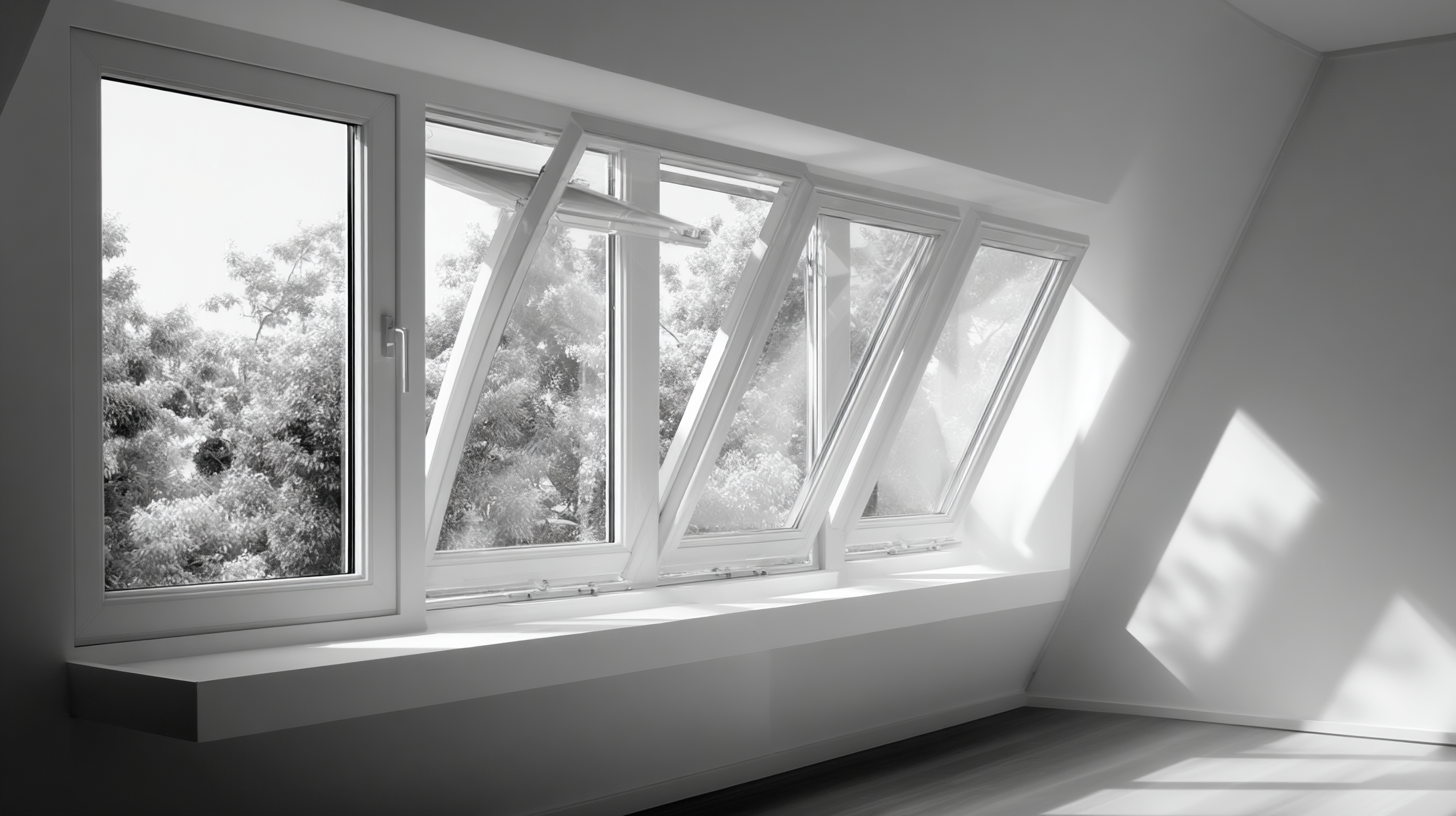 Awning windows have gained immense popularity in contemporary architecture due to their unique design and functional benefits. According to a recent report by the American Institute of Architects, the demand for awning windows has increased by 35% over the past five years, primarily because they offer exceptional ventilation while maintaining privacy and protection from the elements. Unlike traditional windows, awning windows can be opened even during light rain, allowing fresh air to circulate inside without letting water in.
Awning windows have gained immense popularity in contemporary architecture due to their unique design and functional benefits. According to a recent report by the American Institute of Architects, the demand for awning windows has increased by 35% over the past five years, primarily because they offer exceptional ventilation while maintaining privacy and protection from the elements. Unlike traditional windows, awning windows can be opened even during light rain, allowing fresh air to circulate inside without letting water in.
One major advantage of awning windows is their energy efficiency. The National Fenestration Rating Council states that awning windows can enhance a home’s energy performance by providing better insulation and reducing reliance on heating and cooling systems. When strategically placed, these windows can maximize natural light and improve the overall ambiance of modern homes, creating an inviting and open space.
Tips: When choosing awning windows, consider the following:
- First, select energy-efficient models with a high Insulating Glass Unit (IGU) rating to boost insulation.
- Second, ensure proper sizing and placement to optimize cross-ventilation and natural light.
- Lastly, choose durable materials such as vinyl or fiberglass that can withstand various weather conditions, ensuring longevity and low maintenance.
Key Factors to Consider When Selecting Awning Windows
When selecting awning windows for modern homes, several key factors come into play. First and foremost, consider the size and placement of the windows. Awning windows are ideally suited for areas that require ventilation while ensuring protection from rain. Therefore, they should be strategically placed to maximize airflow without compromising aesthetics. Think about incorporating larger awning windows in higher elevations to enhance the view and allow natural light to flood the space.
Tips: Choose windows that complement your home’s architectural style. A streamlined, contemporary design can add to the overall appeal of modern homes. Additionally,框架的颜色和材料可以对房屋的外观产生重要影响。铝合金或木质窗框是现代房屋的受欢迎选择,它们提供耐用性和时尚感。
Another important factor is the energy efficiency of the awning windows. Opt for double or triple-glazed glass to enhance thermal performance and reduce energy bills. Look for windows that meet energy efficiency ratings to ensure a balance between comfort and cost savings. This investment not only supports sustainable living but also contributes to a quieter, more serene home environment.
The Ultimate Guide to Choosing Awning Windows for Modern Homes - Key Factors to Consider When Selecting Awning Windows
| Factor | Description | Advantages | Considerations |
|---|---|---|---|
| Material | Common materials include vinyl, aluminum, and fiberglass. | Durability and low maintenance. | Varying costs and energy efficiency ratings. |
| Glass Type | Options include single, double, and low-E glass. | Improved insulation and UV protection. | Weight and thickness consideration for operation. |
| Size and Style | Various sizes and custom styles are available. | Flexibility in design for modern aesthetics. | Need to match with the overall architecture. |
| Installation | Can be installed as replacement or new builds. | Enhances ventilation and natural light. | Potential complexity of installation process. |
| Energy Efficiency | Energy Star ratings vary by model. | Lower energy bills and environmental impact. | Consider local climate when choosing. |
Comparing Awning Windows with Other Window Styles
When it comes to selecting the perfect window style for modern homes, awning windows stand out for their unique design and functionality. Unlike traditional double-hung or sliding windows, awning windows hinge at the top and open outward, providing effective ventilation even during light rain. This makes them an excellent choice for those seeking both aesthetic appeal and practical benefits.
**Tips:** When comparing awning windows with other styles, consider their energy efficiency. They create a tight seal when closed, which can help reduce heating and cooling costs. Moreover, their position allows you to catch cool breezes while minimizing direct exposure to rain, making them ideal for climates with variable weather.
Another key aspect is accessibility. Awning windows are often easier to operate than some other styles, especially in hard-to-reach areas. They can be opened with a simple crank mechanism, making them perfect for above sinks or in high-placed scenarios.
**Tips:** Be sure to assess the window placement and size to maximize natural light and ensure integration with the home’s architecture. Opting for larger awning windows can enhance the brightness and open feel of your space, while maintaining privacy and inviting fresh air.
Choosing the Right Materials for Awning Windows
When it comes to selecting the right materials for awning windows in modern homes, understanding the advantages and disadvantages of various options is crucial. Common materials for awning windows include vinyl, aluminum, and wood. Vinyl offers excellent insulation and requires minimal maintenance, making it a popular choice for many homeowners. On the other hand, aluminum is known for its durability and sleek appearance, although it may not provide the same level of insulation. Wood, while aesthetically pleasing and energy-efficient, often demands more upkeep due to its vulnerability to weather conditions.
**Tip:** Consider the climate in your area when choosing materials; for instance, vinyl may be more suitable in humid environments, while aluminum could work well in coastal areas due to its resistance to salt air.
Moreover, it’s essential to think about the style of your home when selecting materials. For modern homes with clean lines and a minimalist aesthetic, aluminum frames can enhance the overall design. Conversely, if your home leans toward a more traditional look, wood frames can offer warmth and charm.
**Tip:** Always check for energy efficiency ratings and warranties on window materials. Investing in high-quality materials can lead to long-term savings on energy costs and maintenance.
The Ultimate Guide to Choosing Awning Windows for Modern Homes
Maximizing Natural Light and Ventilation with Awning Window Design
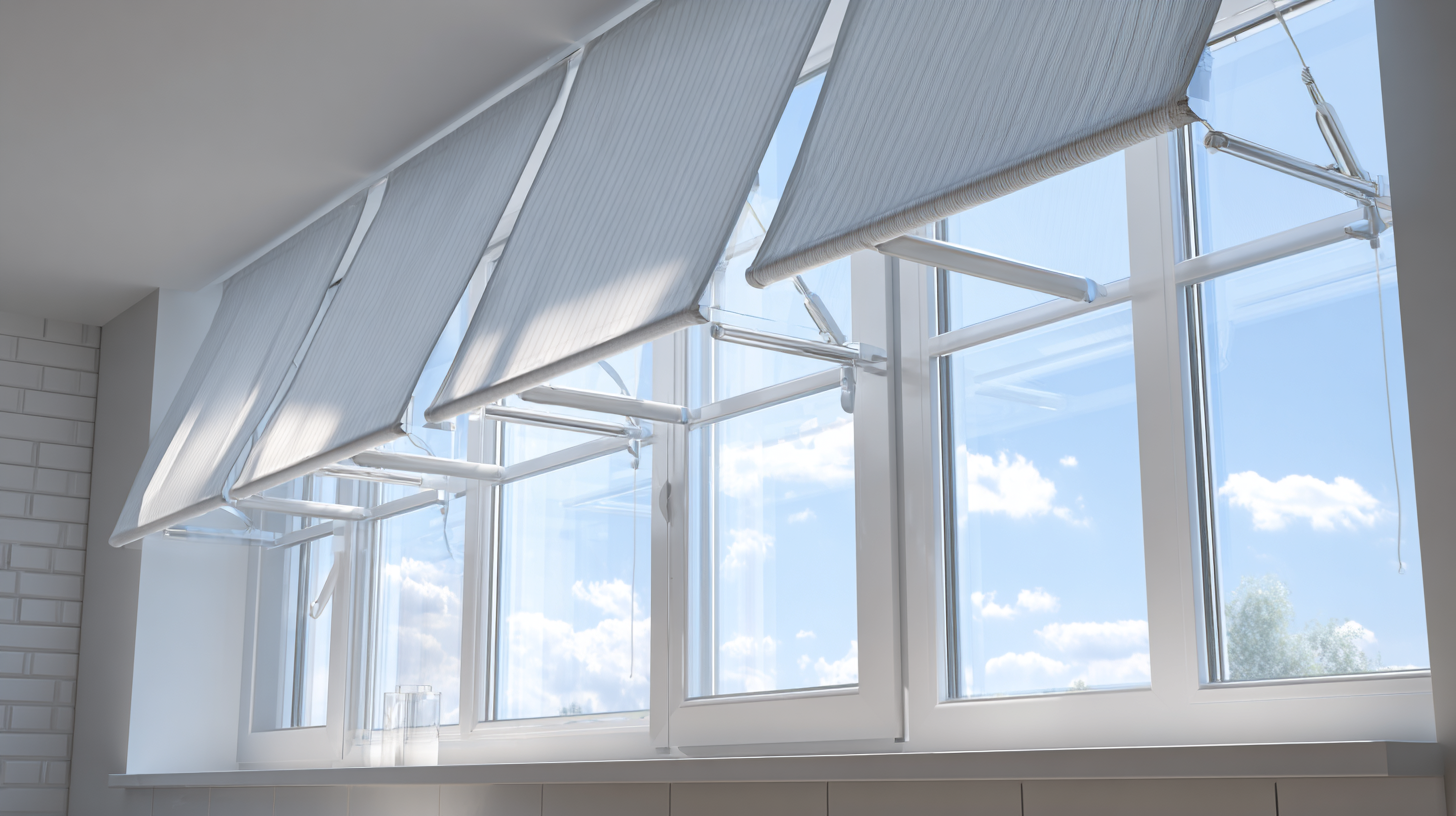 Awning windows are increasingly becoming a popular choice for modern homes, primarily due to their ability to
maximize natural light and ventilation. According to the
American Institute of Architects, homes that integrate ample
natural light offer numerous benefits, including
improved mood and productivity. An awning window, which is hinged at the top and opens outward, allows homeowners
to enjoy unobstructed views while letting in sunlight without compromising privacy. This design ensures that even
on rainy days, the window can remain open to facilitate ventilation without the risk of water entering the home.
Awning windows are increasingly becoming a popular choice for modern homes, primarily due to their ability to
maximize natural light and ventilation. According to the
American Institute of Architects, homes that integrate ample
natural light offer numerous benefits, including
improved mood and productivity. An awning window, which is hinged at the top and opens outward, allows homeowners
to enjoy unobstructed views while letting in sunlight without compromising privacy. This design ensures that even
on rainy days, the window can remain open to facilitate ventilation without the risk of water entering the home.
Furthermore, a 2019 study conducted by the National Fenestration Rating Council found that homes with strategically placed windows, including awning styles, can reduce reliance on artificial lighting by up to 30%. This reduction not only conserves energy but also contributes to lower utility bills. When choosing awning windows, it's essential to consider their placement and orientation to harness the full potential of natural ventilation. When positioned correctly, these windows can create a cross-breeze effect that enhances indoor air quality, making your living space more comfortable and inviting.
Related Posts
-

Exploring the Benefits of Double Glazed Windows: Energy Efficiency and Noise Reduction Explained
-
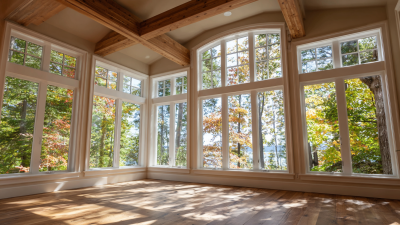
How Large Windows Transform Natural Light and Improve Indoor Air Quality
-

The Ultimate Guide to Choosing the Best Double Hung Window for Your Home
-
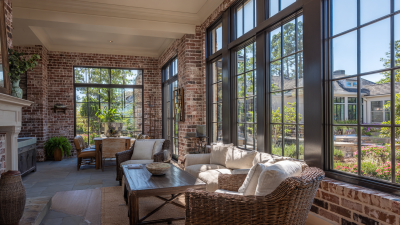
Exploring the Benefits of Energy Efficient Residential Windows in Modern Homes
-

Transform Your Home's Aesthetic: Innovative Exterior Windows to Elevate Curb Appeal
-
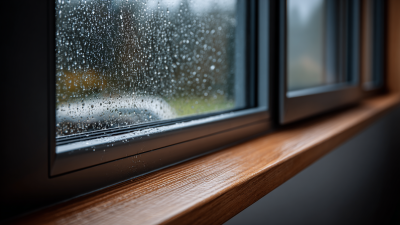
Exploring the Best Window Parts to Enhance Energy Efficiency in Your Home
